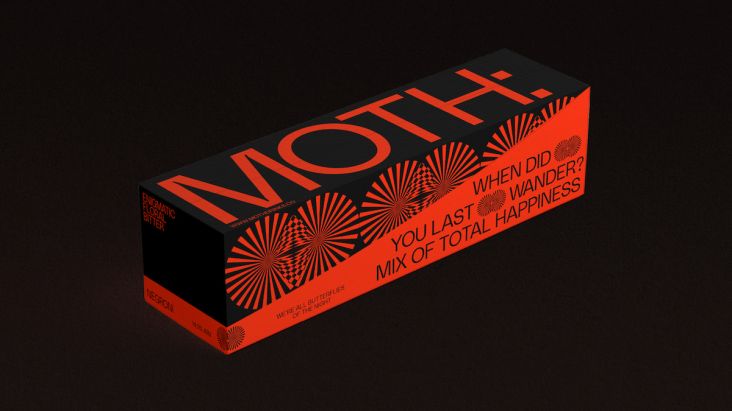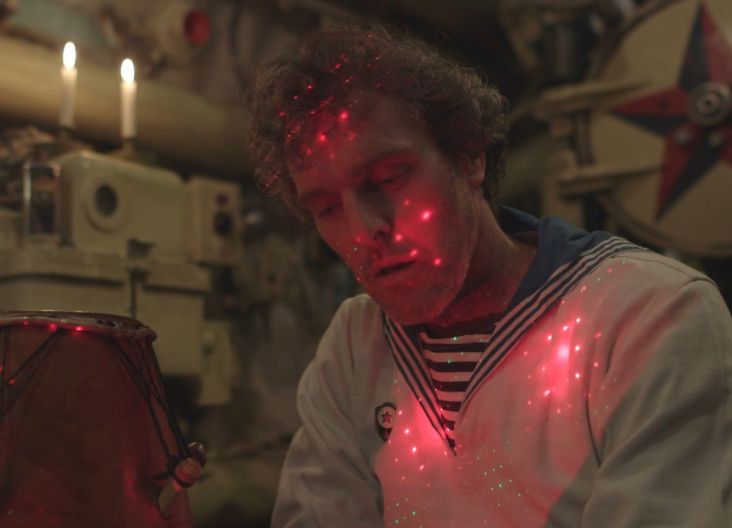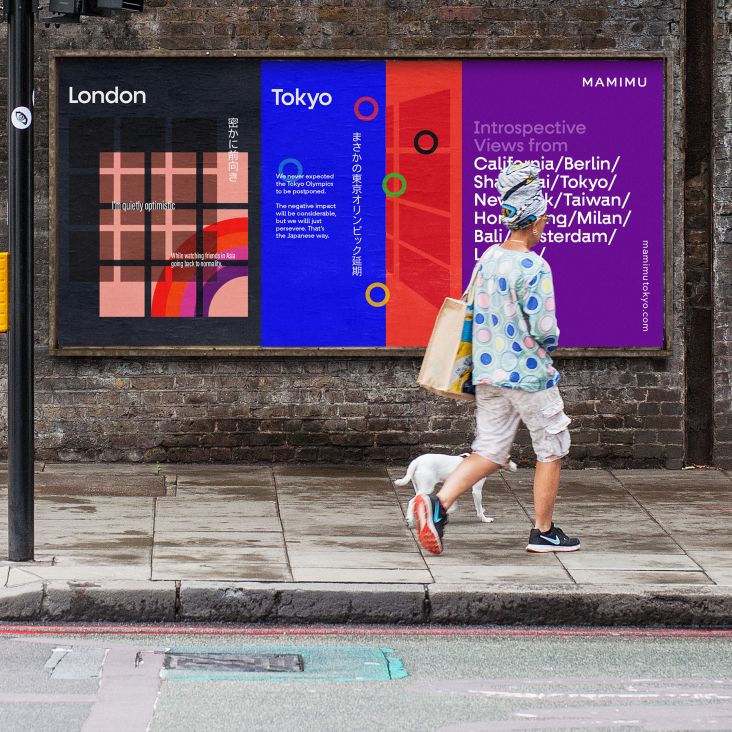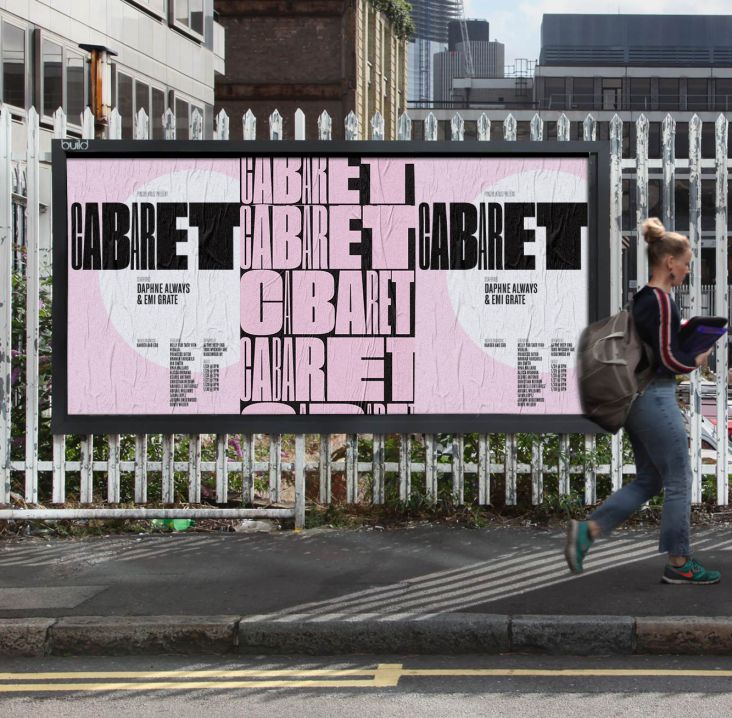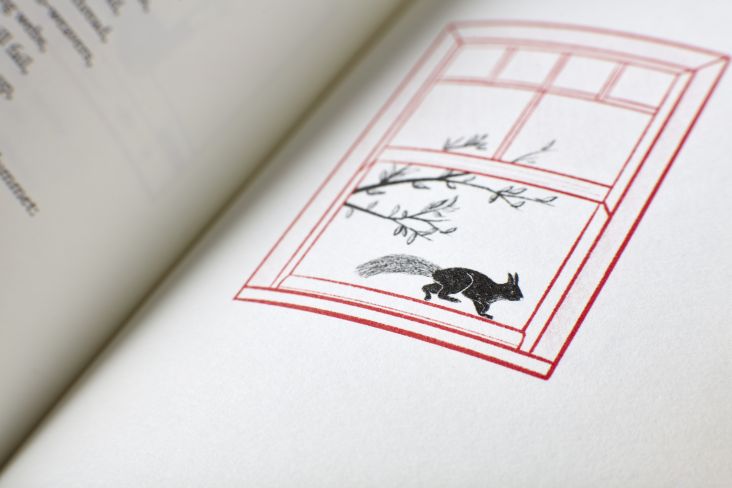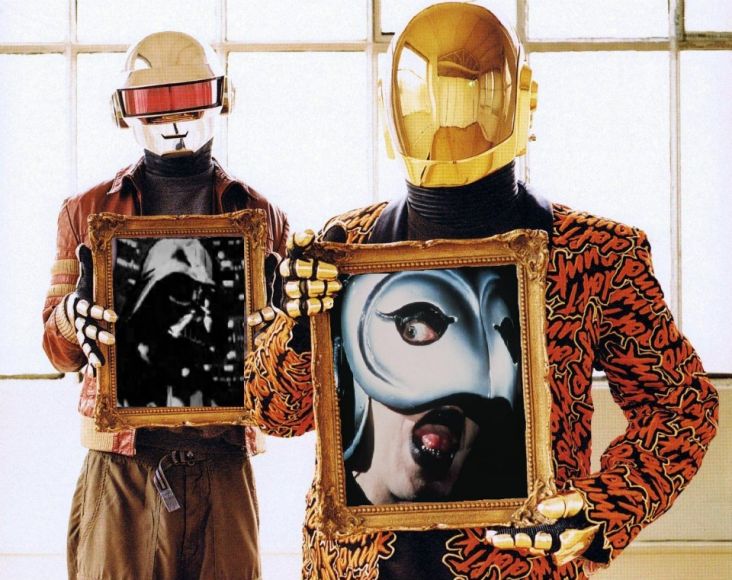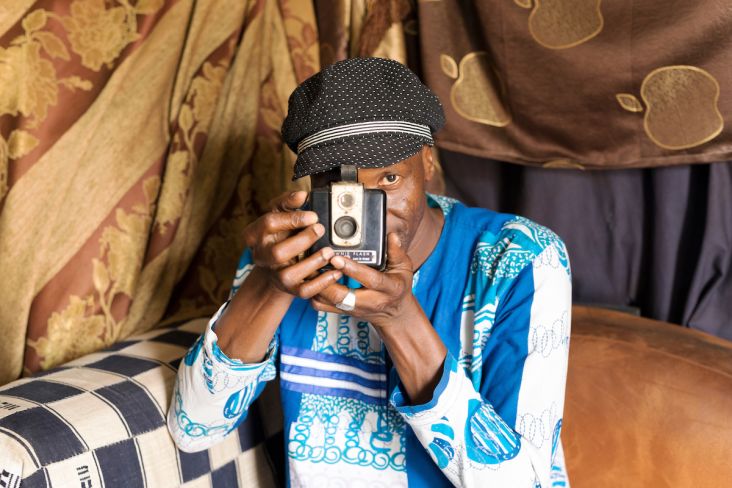Celebrating art as nonviolent resistance as we mark Black History Month
It's Black History Month in the United States. As many artists know, there is an everlasting connection between social justice, activism and creativity. Art can, and continues to be, a medium for commentary and resistance – and another way that we engage in challenging our society.
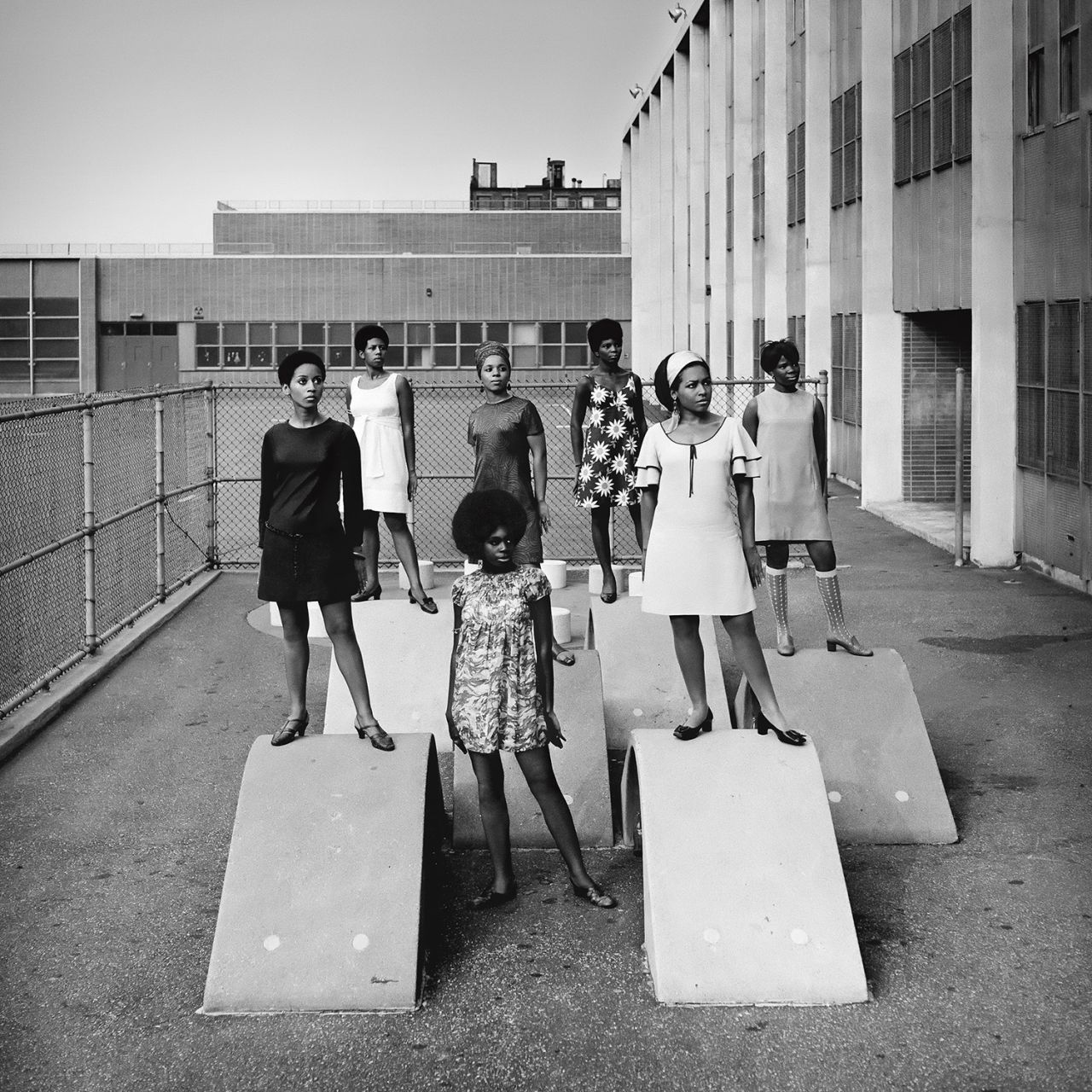
© Kwame Brathwaite
Here at Creative Boom, we have highlighted our fair share of resistance art: work that critiques capitalism, challenges the status quo and attempts to make the invisible, visible.
But as you can see, artists tend to fight key issues differently, often pouring messages and emotions into their work in such a way that makes their art a nonviolent protest. So in celebration of Black History Month and Martin Luther King Day, it seemed fitting to revisit Reverend King's philosophy towards nonviolent protest and highlight its contemporary relevance in the art world today.
After all, King emerged as the leader and spokesman for nonviolent resistance during the Civil Rights Movement of the 1960s, something that artists have been practising for centuries.
Here, we take a closer look at a few names whose work continues the legacy of King, reveals a "deep faith" in a possibly different future, but uses art and creativity to share that unique message.
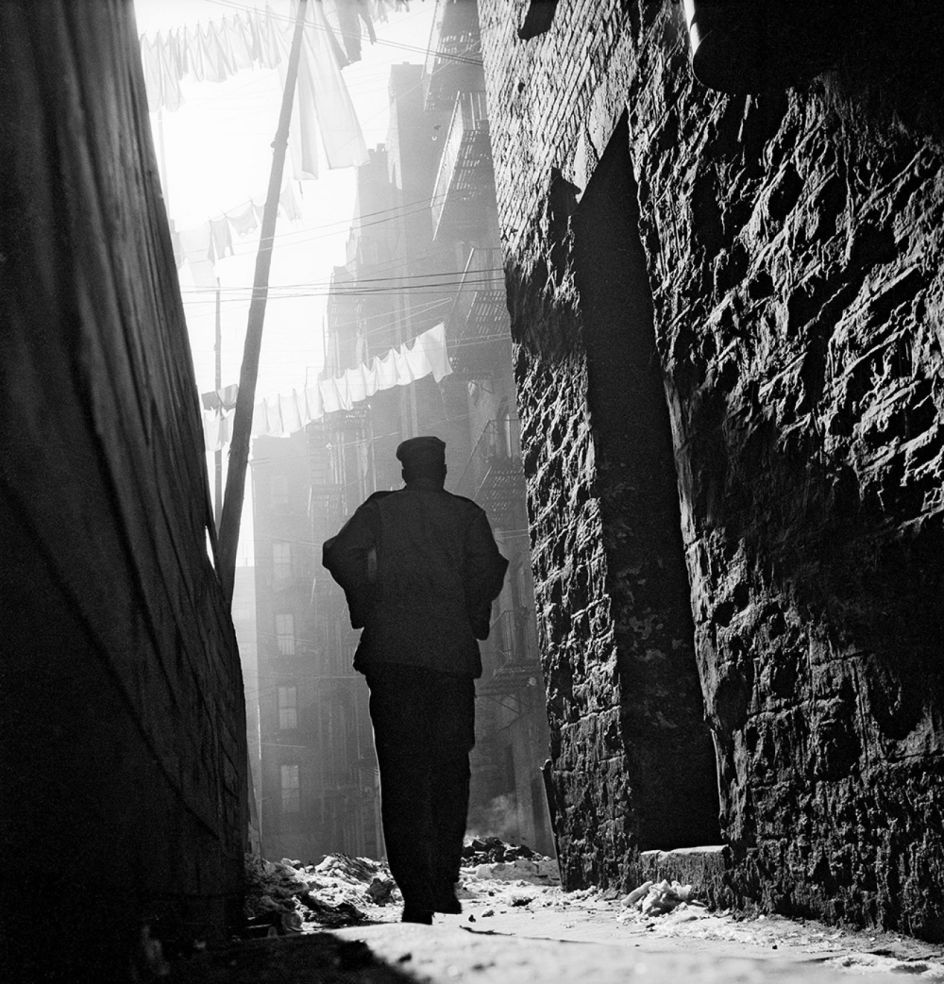
© Gordon Parks Foundation
Gordon Parks
We've profiled Gordon Parks before, but this Black History Month, we wanted to highlight his work even further.
A photojournalist, author and documentarian, Parks "left behind an exceptional body of work that documents American life and culture with a focus on race relations, poverty, civil rights, and urban life". He famously identifies his camera as a weapon for systemic and transgenerational change in his autobiography 'A Choice of Weapons' and was a pioneer in the art-as-activism space, with work dating back to the early 1940s.
He once said: "I saw that the camera could be a weapon against poverty, against racism, against all sorts of social wrongs. I knew at that point I had to have a camera."
From the International Center for Photography: "He remained at Life [Magazine] until 1970, producing many of his most important photo essays, such as those on Harlem gangs, segregation in the South, his own experiences with racism; on Flavio da Silva, a poor child living in Brazil; and on Malcolm X, Martin Luther King, Jr., and the Black Panthers. Parks's photographs were among the most effective documents of their era. In several cases, as in that of Flavio da Silva, they moved people to action and changed lives."
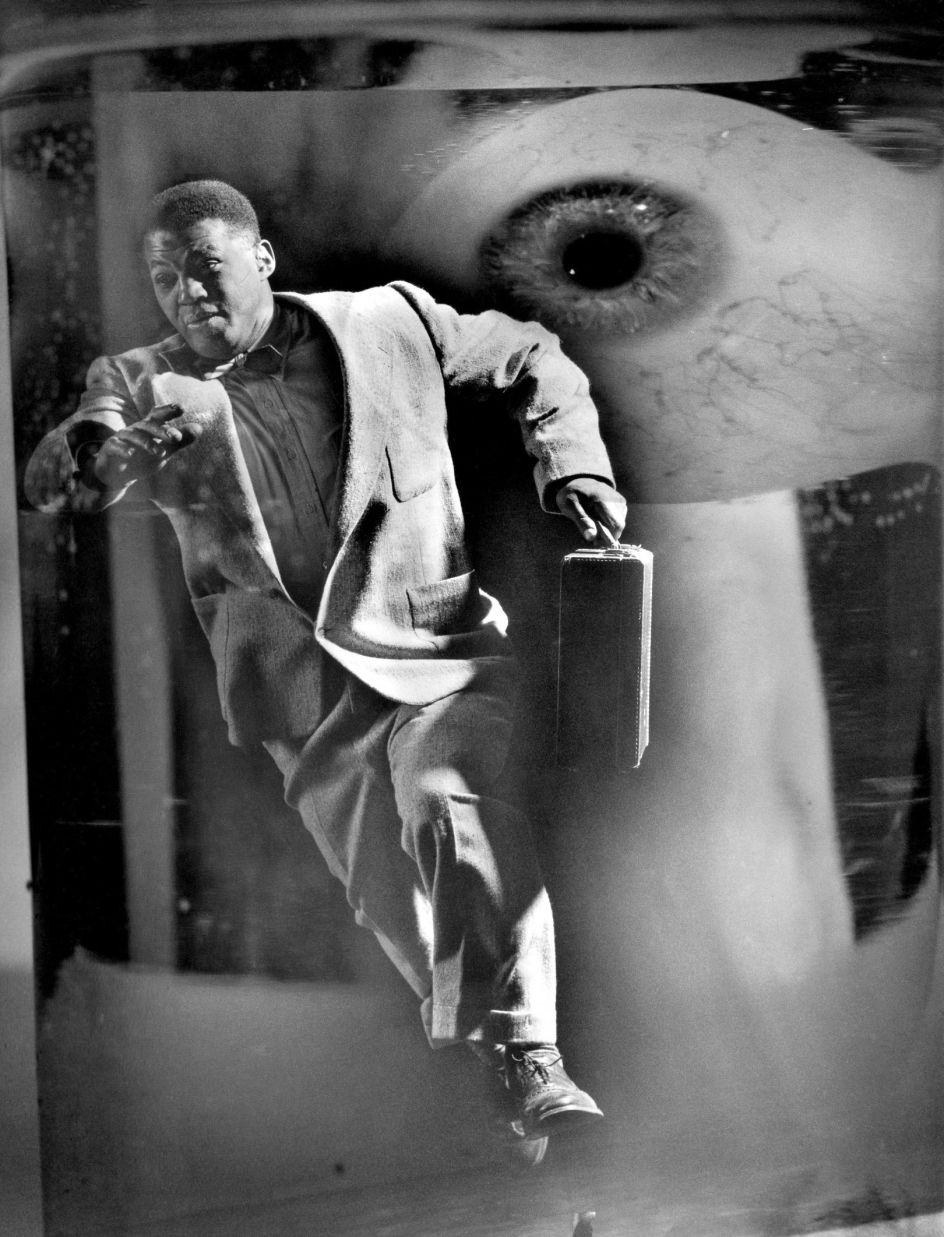
© Gordon Parks Foundation
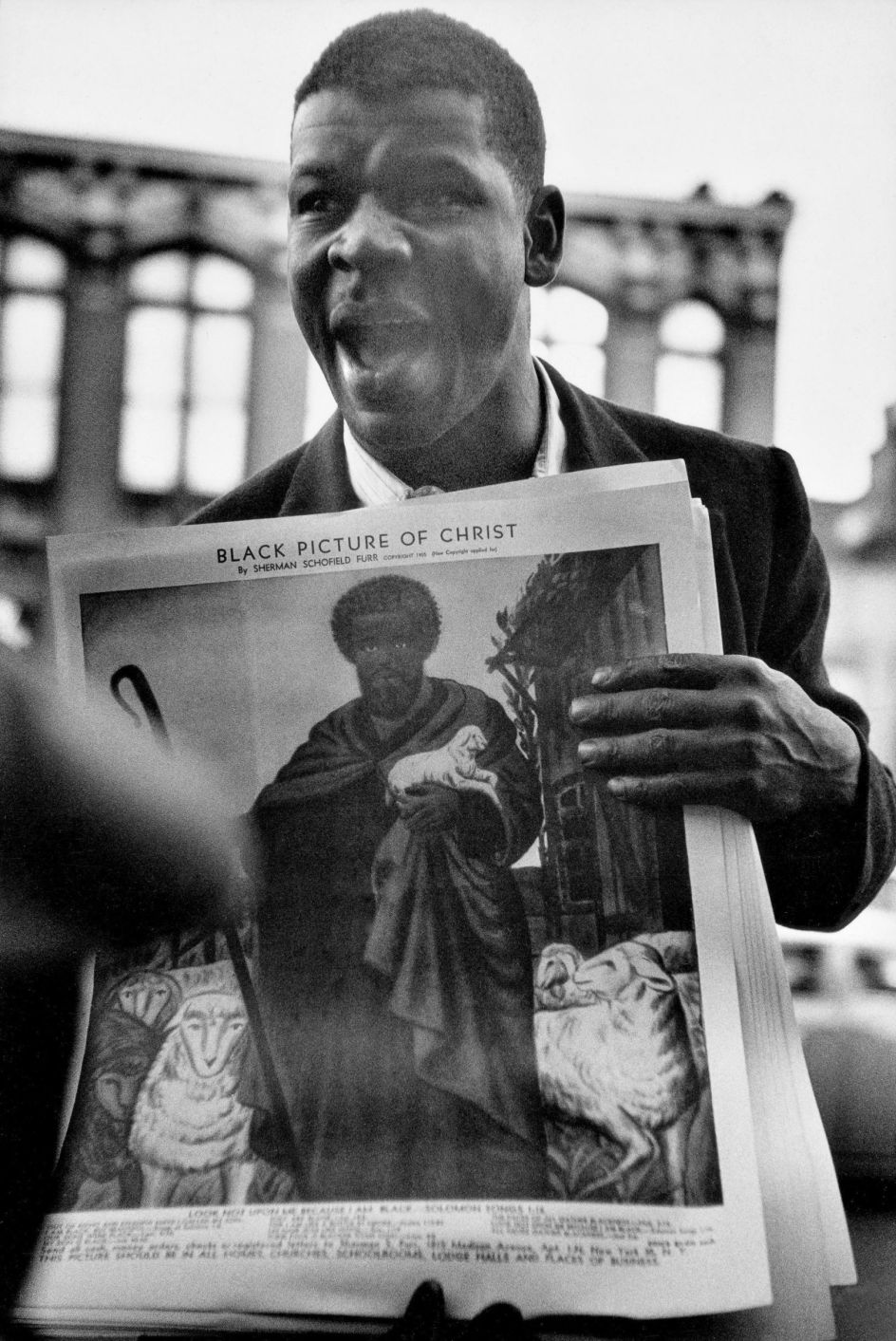
© Gordon Parks Foundation
Kwame Brathwaite
Inspired by readings and writings from Marcus Garvey and the work ethic of his Bajan immigrant family, Kwame Brathwaite was a fashion photographer and activist during the Civil Rights era who believed in physically manifesting the term 'Black is beautiful'.
A few of his career highlights include co-founding – with his older brother and activist Elombe Brath – both the Grandassa Models in 1962, which shone a light on and celebrated the African diaspora, 'black beauty' during the Civil Rights era, and the African Jazz Arts Society and Studios in 1956, which created a space for creatives of colour to grow, celebrate, and create art as protest. Through his work as an activist and photojournalist, he documented the beauty of black culture from 1956 through the early 2010s. His first monograph was released in collaboration with Aperture In 2019, an exhibition documenting his early work launched and is travelling across America through to 2025.
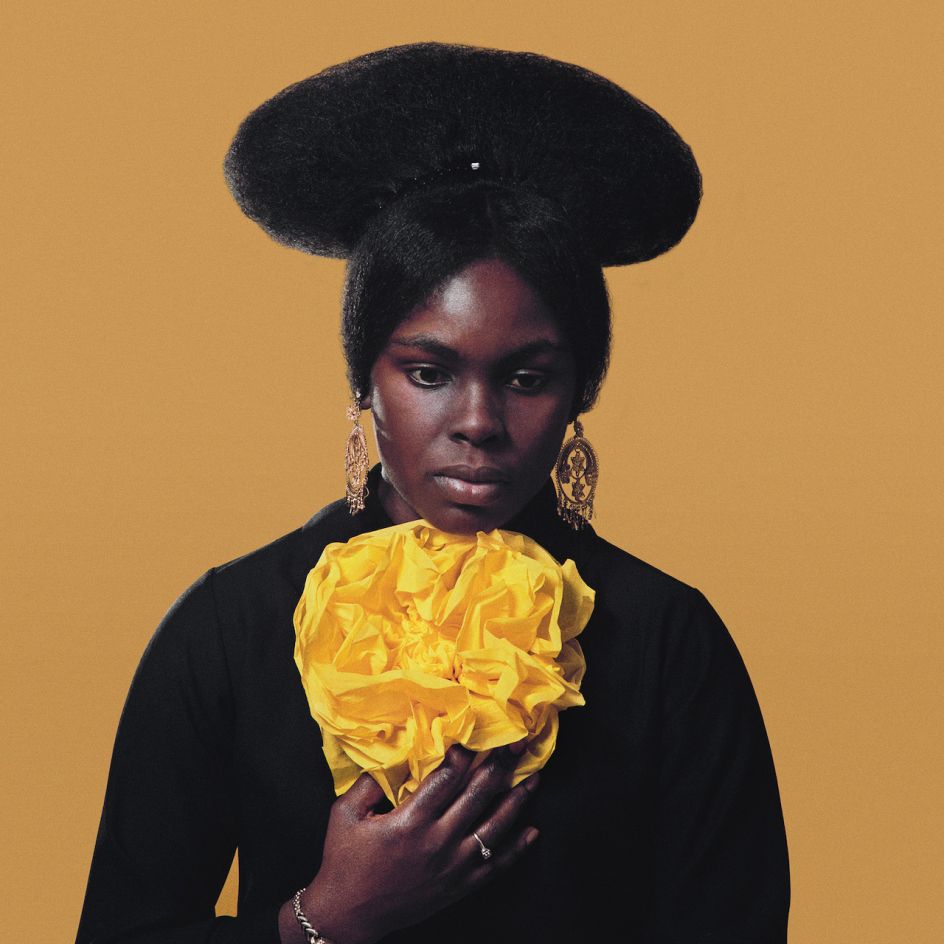
© Kwame Brathwaite
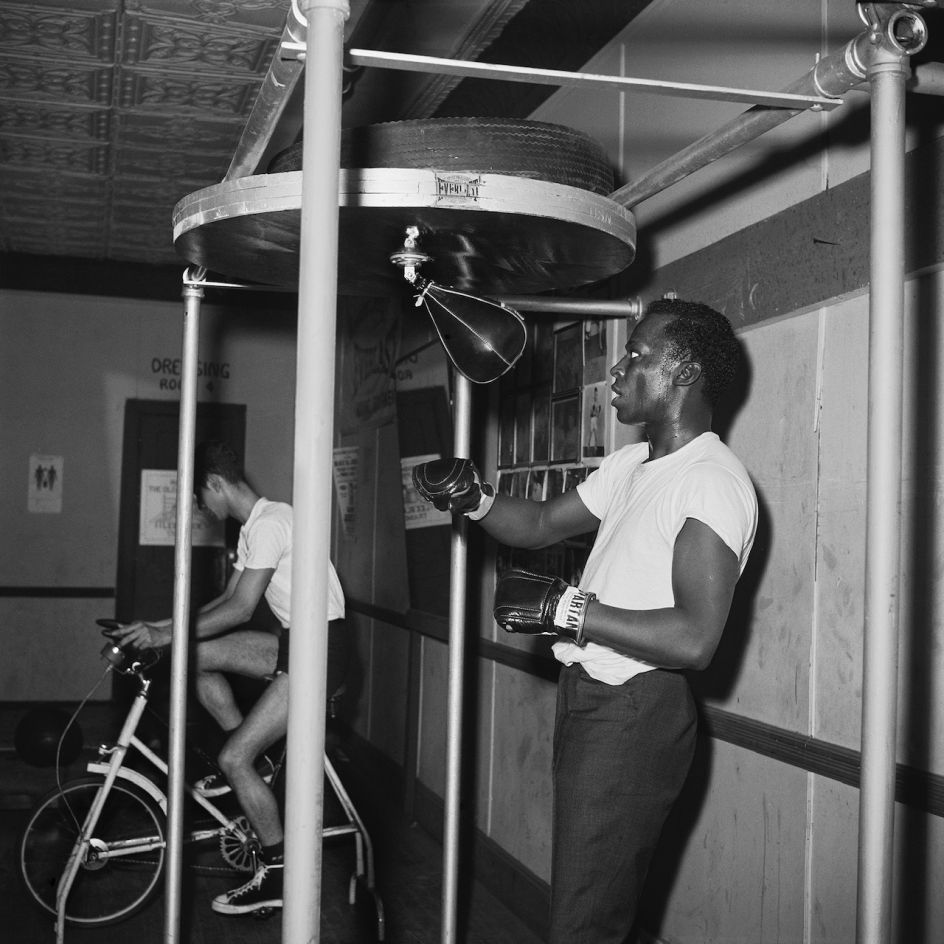
© Kwame Brathwaite
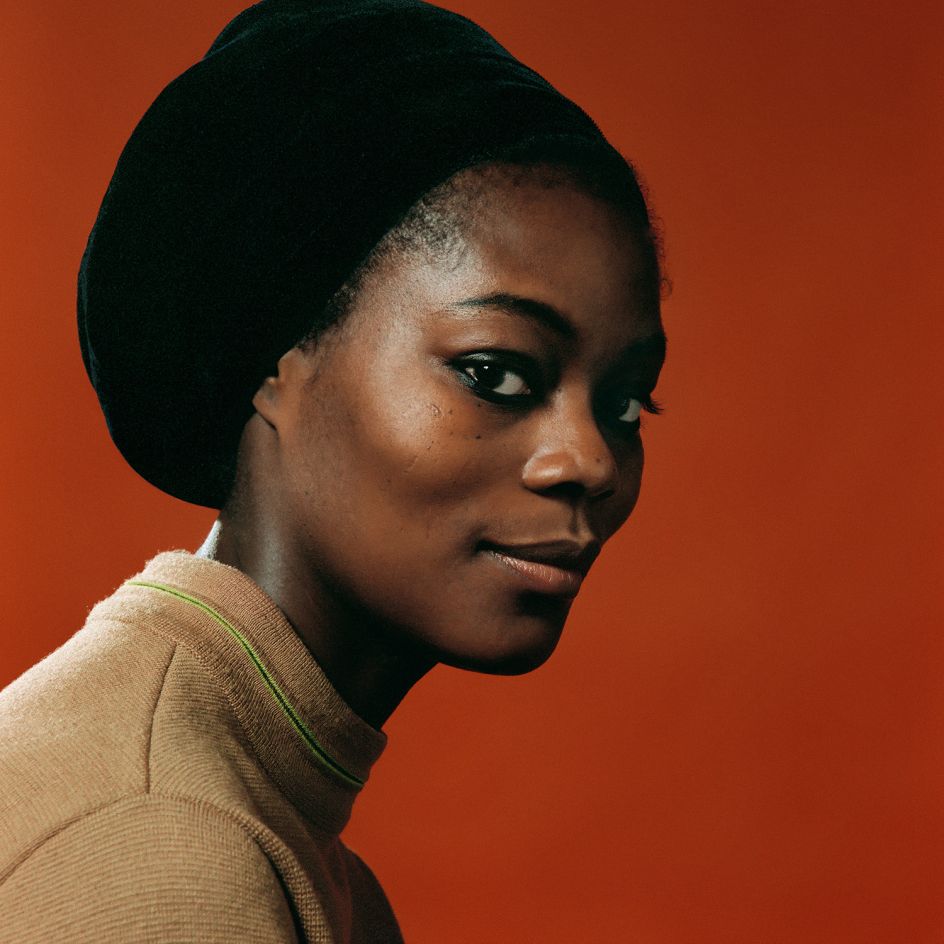
© Kwame Brathwaite
Miles Greenberg
Miles Greenberg is a Canadian performance artist whose work explores the duration and surveying of the black body in space. At age seventeen, Greenberg left formal education to invest himself in a four-year, independent research project around movement and architecture as they relate to the black body, resulting in a rigorous methodology that "resides at the threshold of performance and sculpture".
Miles makes it clear however that he doesn't necessarily identify as an activist and his work isn't meant to be seen as protest art; rather, the process and physical/mental endurance required of his durational performances can be interpreted as a protest – protesting the mind's hold on us, protesting our own physical capabilities.
Miles recently debuted a brand new piece, Admiration Is the Furthest Thing From Understanding (2021), at the Bangkok Art Biennale, where he remained lying horizontally for eight hours a day, eight days in a row, draped across a narrow glass and steel structure, like a body levitating. During these eight hours, a line of IV bags suspended from the ceiling continuously released droplets of cane sugar syrup. These would land on his body every few seconds, gradually crystallising and impairing his movements.
Miles, reflecting on his practice in an interview in Hypebeast, said: "People should be greeted with something that feels like an infinite gesture. That's what sculpture is. An infinite gesture that goes out."
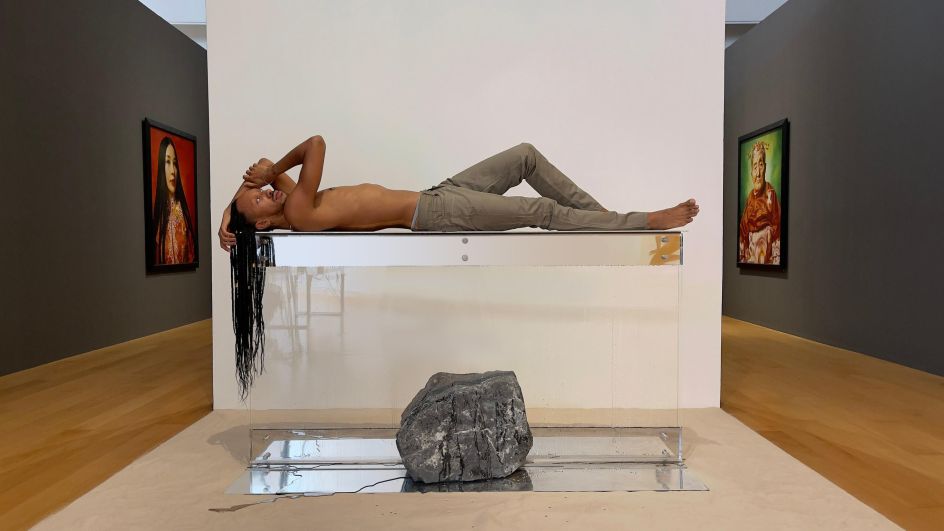
© The Bangkok Art Biennale and Kanrapee Chokpaiboon

© The Bangkok Art Biennale and Kanrapee Chokpaiboon
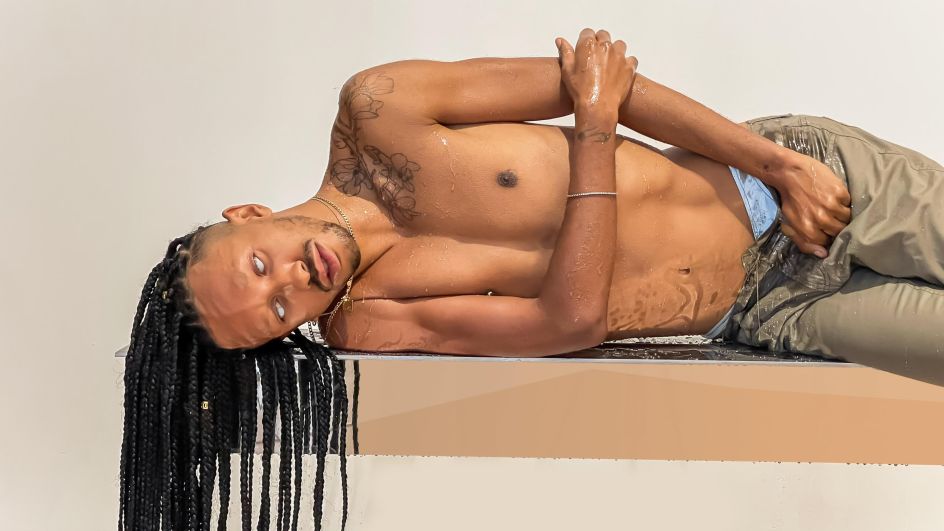
© The Bangkok Art Biennale and Kanrapee Chokpaiboon
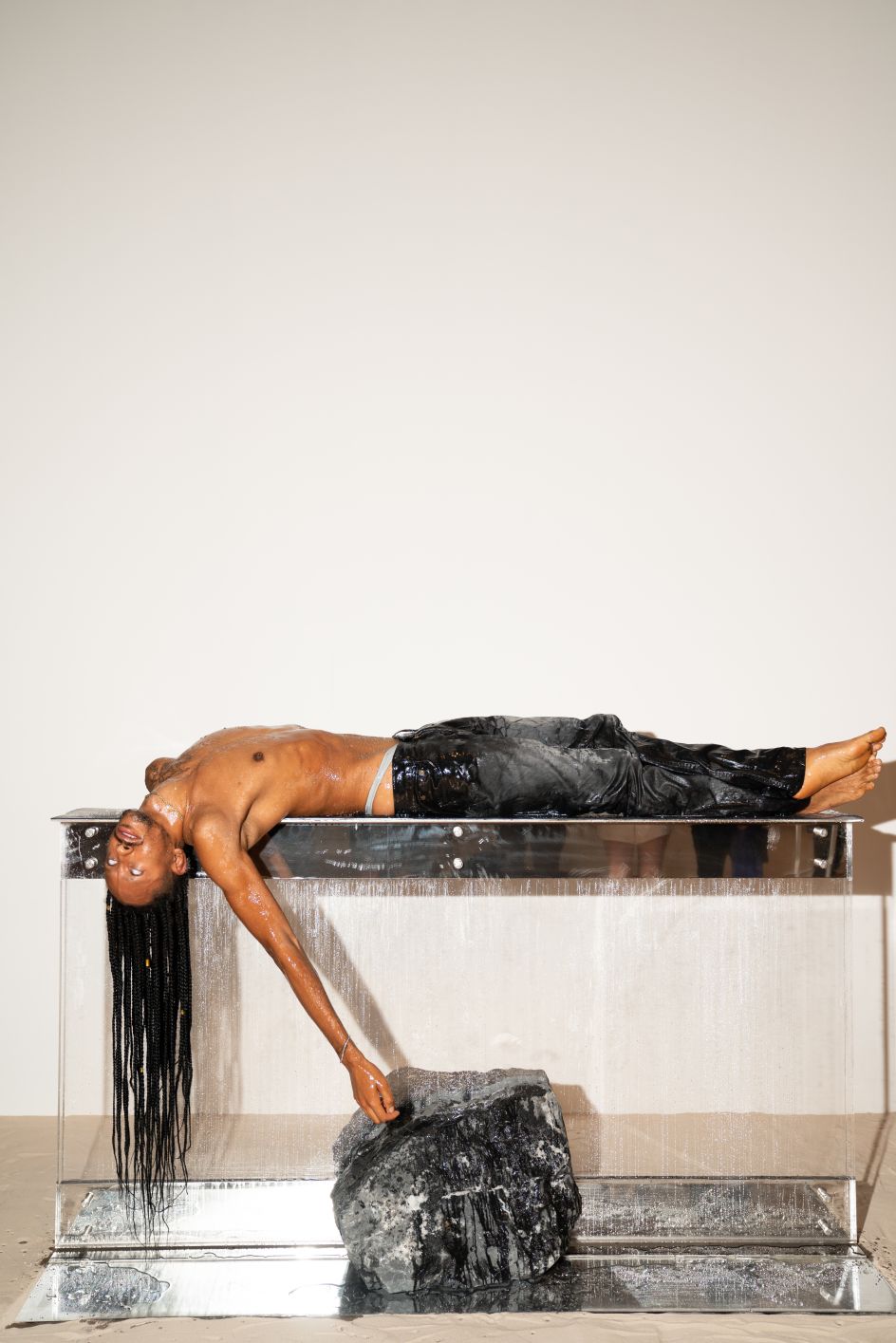
© The Bangkok Art Biennale and Kanrapee Chokpaiboon
Andre D. Wagner
Andre D. Wagner is a contemporary street photographer based in Brooklyn who believes in capturing "fleeting moments" – the moments that appear and disappear quickly and ones that we often overlook amidst traversing our dangerously busy lives in modern society.
Wagner's work has appeared in The New York Times, BBC News, and the International Center for Photography.
From a recent interview in A3 magazine, he said: "I believe in the power of art and photography. With the images I'm making, conversations I'm having, and communities I'm photographing, I would love for my art to move people and be a voice for change. I don't see my photographs only sitting in the sphere of serious conversations. I want my work to be used to impact society. The essence of photography is sharing. If I can use my photography for the greater good, then that's amazing."
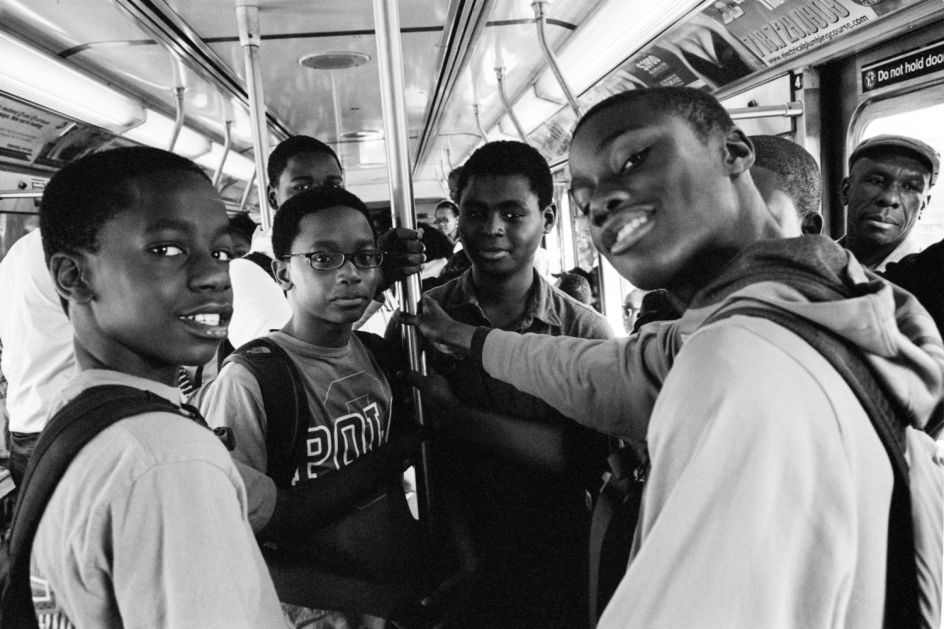
© Andre D. Wagner
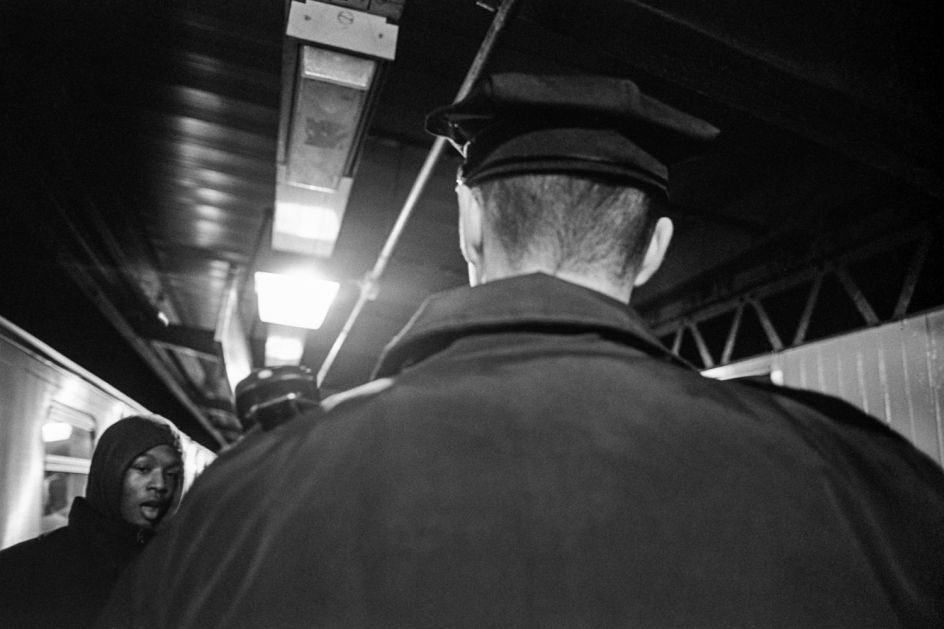
© Andre D. Wagner
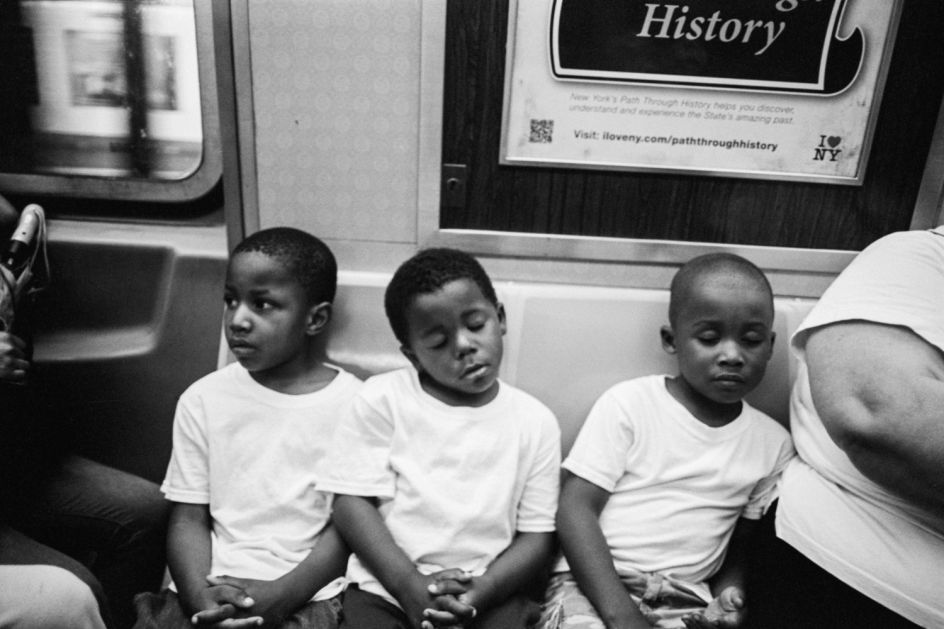
© Andre D. Wagner

















